In Part 1 of this article, The Burnout, I defined what I call the Burnout versus the Slow Burn as it relates to making music. You don’t have to be active in a music scene for long before you observe friends who are so focused on the allure of fame (or popularity or rockstardom or whatever) that they burn out. Usually, this happens with the help of money men (labels, marketers, agents, managers, or others) who don’t have a musician’s creative success in mind but only their momentary financial success. When your end goal is fame, your means are likely to lead to burnout. The key to a Slow Burn is setting up processes that you can repeat.
Gigging
I don’t know that I have ever met a young band (mine included) that had their gear, their chops, and their schedules ready for opportunities that might arise. It literally took me decades to figure out that if I practiced a set regularly and had all the gear I needed to play, then I was ready for any gig that arose.
I ended the panic that accompanied accepting gigs in new venues. I knew I had a mic and PA system for myself even if the venue didn’t. I had extra strings, batteries, and other contingencies covered. All it took was about $60 at Home Depot to get the toolboxes, straps, and hand truck I needed to lash it together and roll it out whenever something came up.
That’s my live model: practice + amplification + gear. Maybe yours works differently. But my point remains: figure out the minimum viable structure you need to be able to repeat for each instance and reduce your stress.
Recording
We no longer have to worry about access to a perfect studio situation to make an album. We don’t even need to be in the same physical location as our resources in order to take advantage of them.
For recording, think of your minimum viable studio. It could be GarageBand,Reaper, or Audacity, or something else entirely. Find the one you like and learn it. Get some good microphones and a tube pre-amp. Get some good, dry studio headphones. All things considered, this is a really minimal investment to be able to make records on your own. And if you’re a bit of a nomad and don’t want to set this up yourself: find a knowledgeable producer you trust and get to know their studio.
The point in doing this is so that you’re not having to start from zero every time you want to make a record. You don’t want to have to think about all the variables every time you want to capture a song.
Here’s how I do it: if I’m in California and want to make a record, I book time with Allen Morris of AM Sound Recording. Allen has a studio in his house that he can break down to record elsewhere. I like his simple recording style and trust his musician’s ear. If I’m in Nashville and want to record, I try to book time with Jeremy Ferguson at Battle Tapes. Jeremy has an absolutely gorgeous studio and is a fanatical gearhead. It’s a much broader palette and allows for a lot of happy discoveries. But in either place, I go in knowing what I want to do and I trust my partners Allen and Jeremy to deliver a sound I love.
Distributing
Once you’ve recorded, you’ll need to know a person to mix and master it. Generally-speaking, this is a great point to get some other ears on it. Then you can release it yourself. Put it on Bandcamp and choose a distribution service (like Songcast) to list it with common music services like iTunes, Amazon, and Google Play.
Hypertexting
The same principles apply to your web presence. Do the minimum viable so that you can forget about it. I’ve written a lot about how to make your website available to everyone and even a quick blueprint for a web presence. But the important point is that you don’t rethink everything every time you make something.
Rinse and Repeat
That’s how you create a Slow Burn. You spend some time figuring out the tiniest infrastructure that will work for you over and over and then you spend the rest of your time making stuff.
Got a new song? Set up your mics and GarageBand. Send it to your mixer / masterer. Digitally distribute it. You’re done and you didn’t need anyone else’s money to get it finished.
This shouldn’t feel anti-creative. I know a lot of artists like to think that they must cultivate chaos in order to find happy accidents. I find that when the basics are covered, it’s actually EASIER to experiment and run across those happy accidents. Some self-imposed limitations force you to find more creative solutions.
The Slow Burn itself is a limitation. You’re putting a limit on the excess you’ll practice. Be excessive in your creativity. Not in the means by which you pursue it.



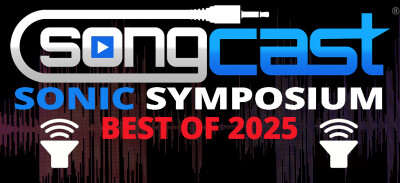

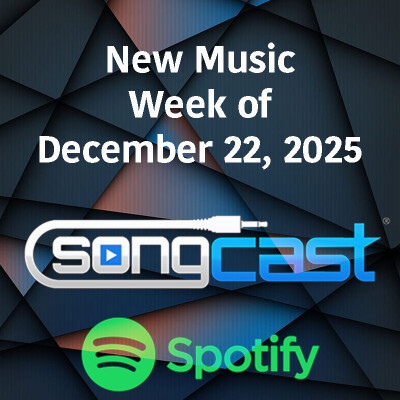
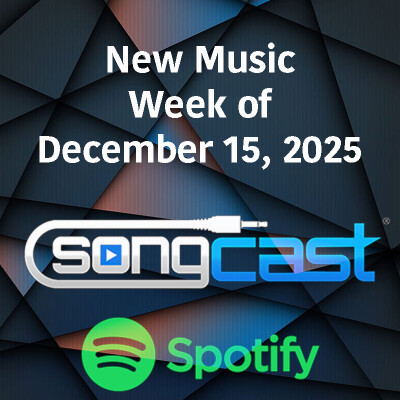













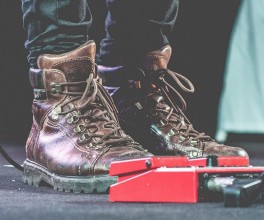











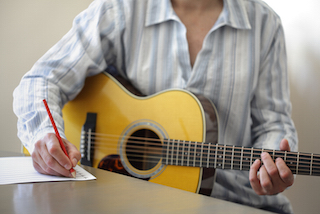




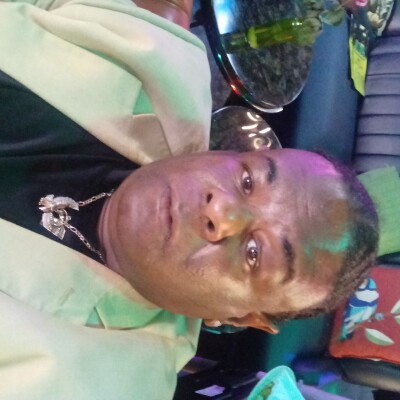






Comments
No comment